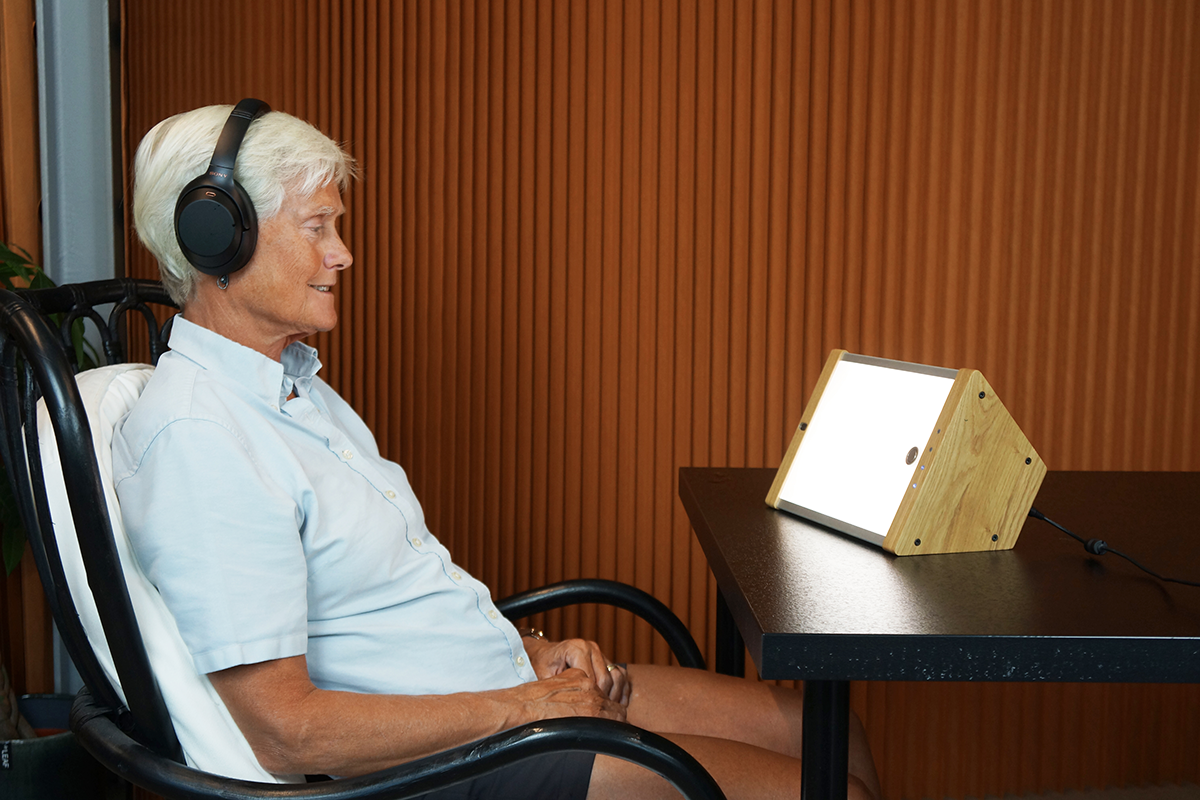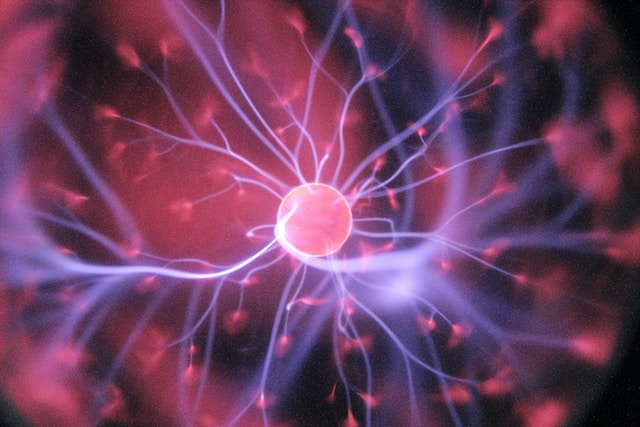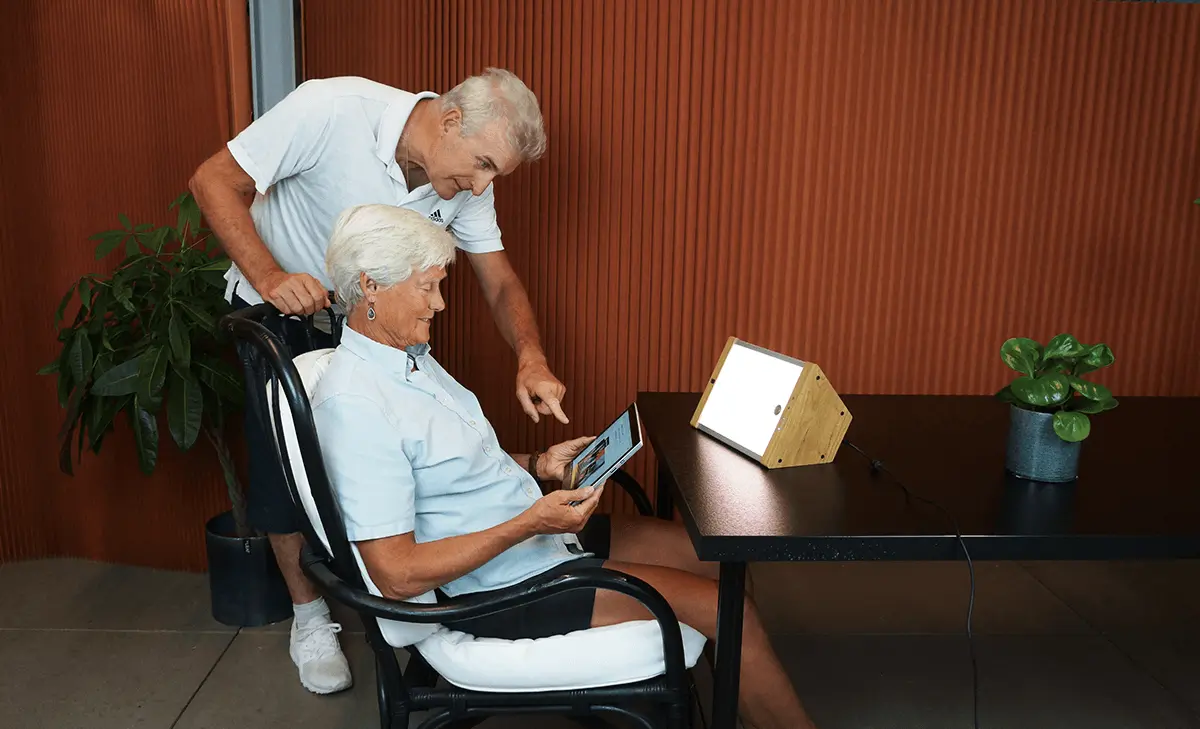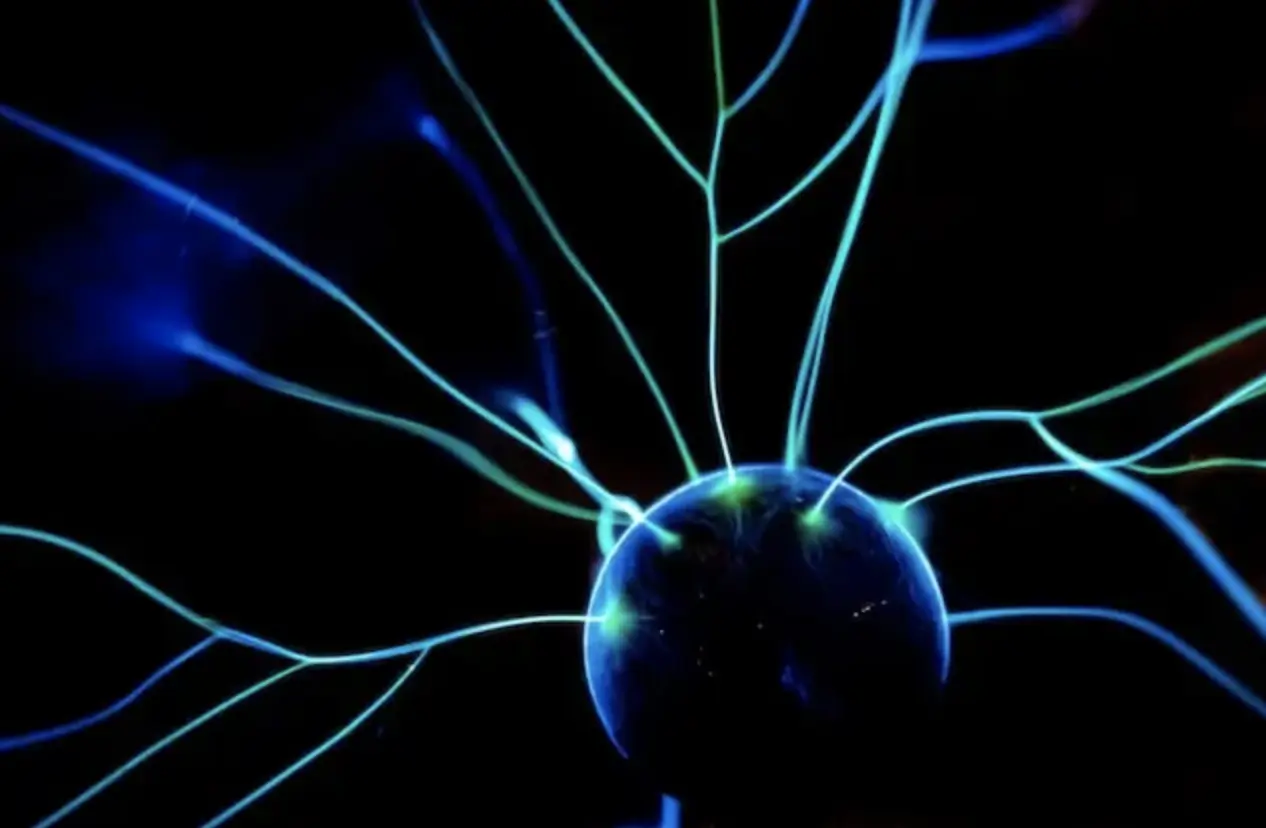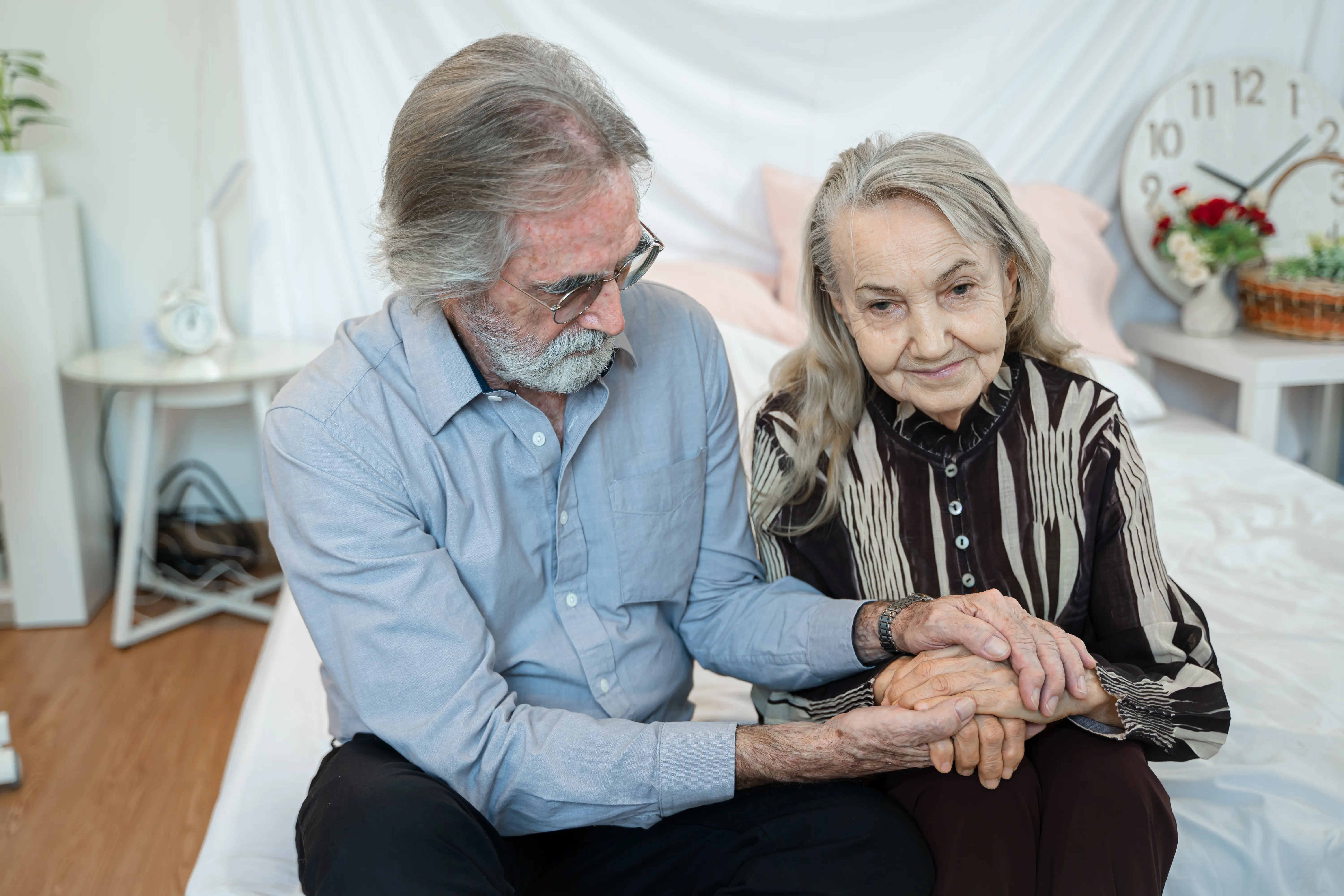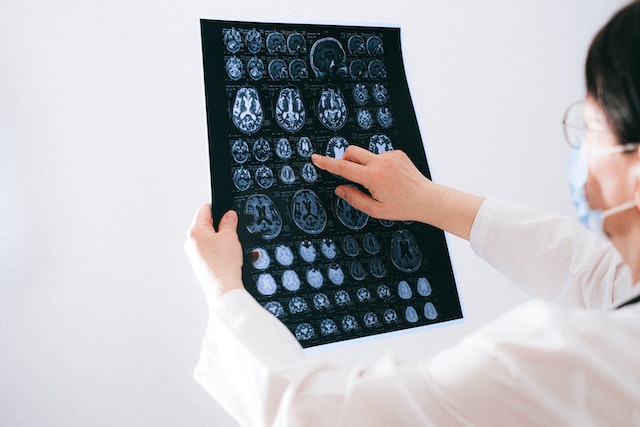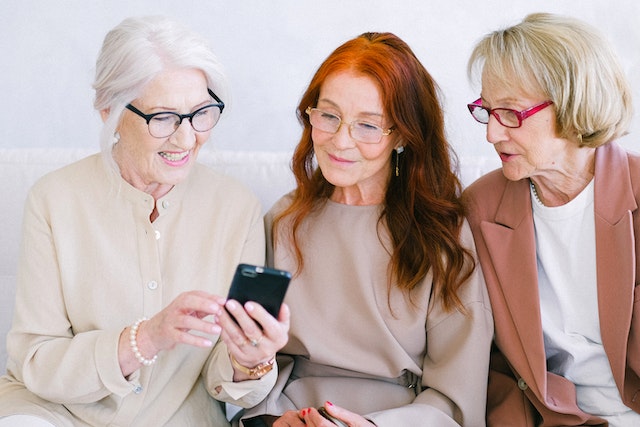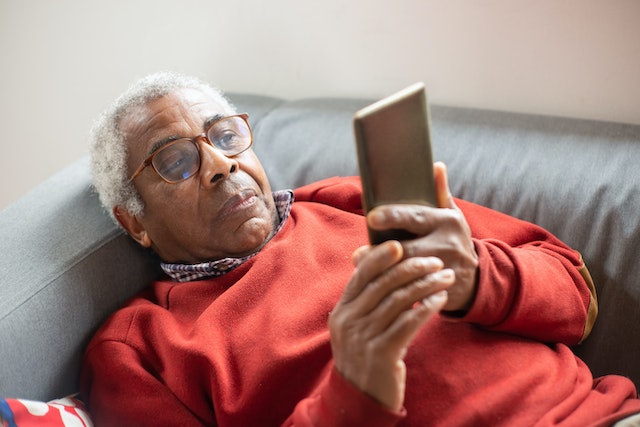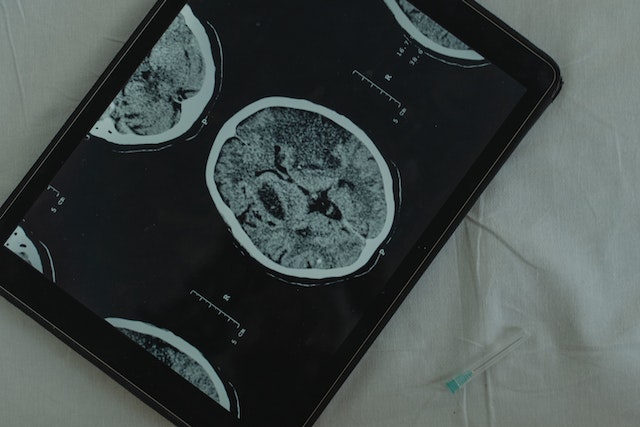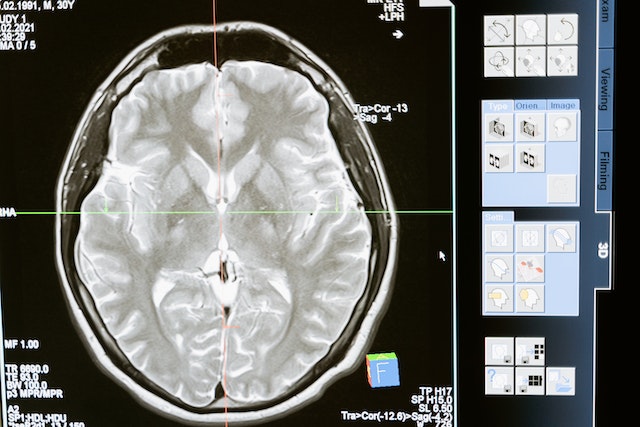Light therapy boxes and lamps are used to carry out light therapy sessions. These innovative devices provide a viable treatment for a variety of conditions, ranging from skin problems to Seasonal Affective Disorder (SAD). As much of the research around this useful treatment is new and emerging, there are still many questions surrounding it – including Medicaid and health insurance coverage.
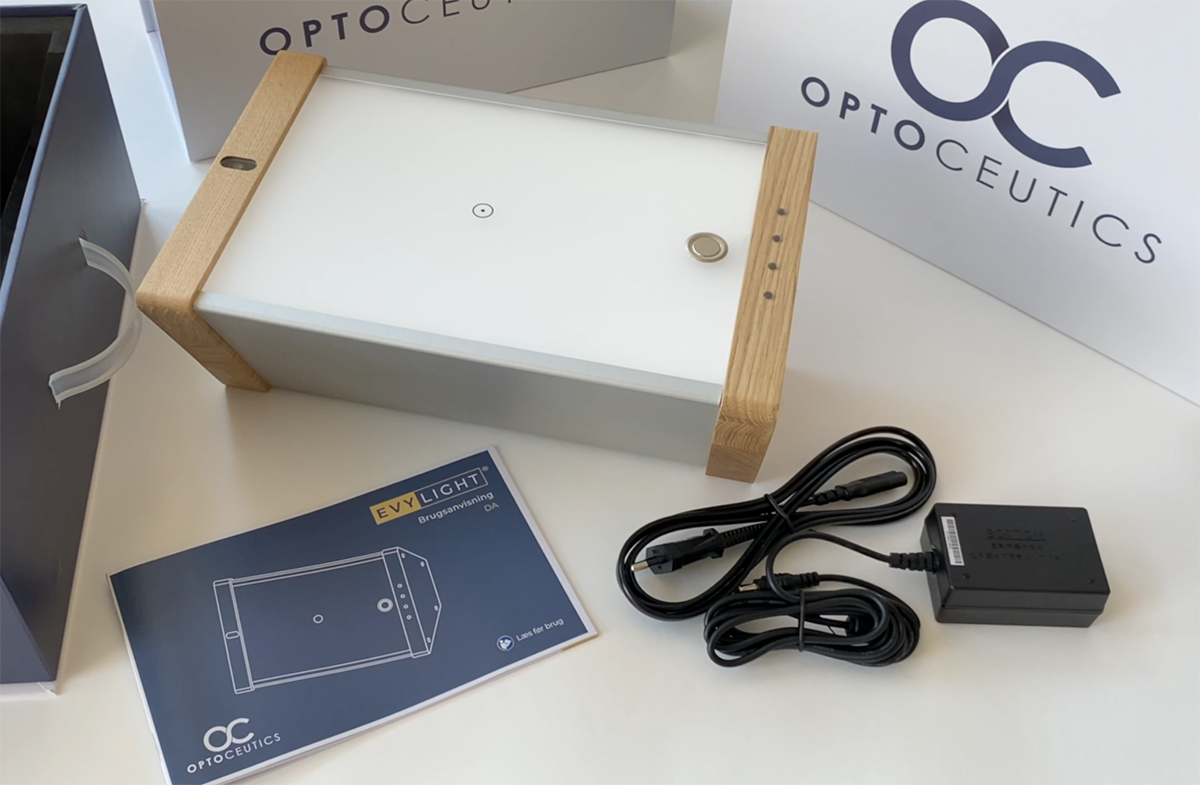
Christopher Ravn
Key Takeaways
1. Light therapy boxes and lamps are devices used in light therapy treatment, and they appear to offer a number of benefits for a wide range of conditions.
2. Although the research is positive, Medicaid does not currently cover this treatment as standard.
3. You can still potentially have Medicaid cover your light therapy treatment if your doctor deems it as medically essential.
4. To make sure you have the best chance of receiving Medicaid coverage, use an appropriate light therapy device such as EVY LIGHT.
Table of Contents
1. Are Light Therapy Lamps Actually Covered By Medicaid As Of Today?
2. How To Get A Medicaid Reimbursement For Light Devices
3. Do You Need A Prescription For Medicaid To Pay For A Light Therapy Lamp?
4. How To Choose The Right Light Lamp Box From Medicaid
5. Light Therapy Benefits And Medicaid Billing For Patients
6. Frequently Asked Questions About Light Therapy Lamps Being Covered By Medicaid
Are Light Therapy Lamps Actually Covered By Medicaid As Of Today?
Medicaid is a unified state and federal healthcare program that aims to provide health coverage to as many people as possible, including those on low income, children and vulnerable people. But does Medicaid cover light therapy? When it comes to using this program to cover the costs of light therapy treatment, things can get quite tricky. Medicaid only covers treatments that are medically essential and they must have proven effective in treating certain conditions.
Industry experts, including those at Columbia University, note that Medicaid can only offer limited coverage for light therapy lamps. This limited scope is the result of how Medicaid works, meaning a qualified physician will need to deem the treatment as medically essential. So, experts suggested working closely with your doctor to create a formal agreement that light therapy treatment is medically essential for your circumstances.
Is SAD Light Covered By Medicaid?
If you’re wondering, ‘are light therapy devices covered by medicaid?’ then you’ll need to consider the type of light therapy. SAD lights are designed to help with the symptoms associated with SAD. Their light mimics natural sunlight, which has been shown to help alleviate some of the issues associated with this condition. As with light therapy lamps, coverage via Medicaid for SAD lights will require the treatment to be a medical necessity. You’ll need to go through the same steps with your doctor as with light therapy lamps to receive coverage.
Is Infrared Light Covered By Medicaid?
Infrared light therapy is a form of light therapy that utilizes light found in the infrared spectrum. It is believed that this light can help with a number of cognitive conditions including dementia and Alzheimer’s disease, as well as supporting rehabilitation. Unfortunately, as much of the research around this treatment is still ongoing, Medicaid likely won’t cover this treatment as standard. Most doctors will be hesitant to prescribe this treatment as a medical necessity as it is still quite new.
Is Blue Light Covered By Medicaid?
Blue light therapy is a type of light therapy treatment that is particularly useful for skin conditions. Although this treatment has a relatively solid body of evidence surrounding its efficacy, Medicaid doesn’t outright guarantee coverage for this treatment. Your doctor will need to assess your condition and decide that blue light therapy is a medical necessity for you. If they do, then Medicaid may cover the expense of this treatment.
Are 40Hz Lights Covered By Medicaid?
40Hz light therapy uses light pulses set at 40 flashes per second to interact with the brain. This treatment is new, but very exciting, as it looks to help with conditions including Alzheimer’s disease, Parkinson’s disease and other neurological conditions. Unfortunately, due to the recency of the studies surrounding this treatment, it’s unlikely that Medicaid will cover this procedure as standard. Obtaining a prescription from your doctor might help, but it isn’t a guarantee.
How To Get A Medicaid Reimbursement For Light Devices
Under the guidelines of Medicaid, light devices generally don’t fall under the national coverage category because it isn’t viewed as medically essential. However, different state laws could potentially override this ruling, especially if you have formal orders from your doctor relating to the treatment. So, although the process may be a little bit more complex, there are ways to receive reimbursement for light devices through Medicaid. Let’s go over the steps you should take below:
- Talk With Your Doctor: The first thing to do is start a conversation with your doctor about light therapy treatments. If they can confirm that it is a medically necessary treatment, this will support your claim with Medicaid.
- Obtain a Prescription: If your doctor agrees that light therapy treatment is essential, then ask for a prescription or medical justification letter. This will act as evidence when making your reimbursement claim with Medicaid.
- Buy Your Device: Purchase your light therapy device and hold onto the receipt. Try to find a device that is graded as medical in some way to further bolster your claim.
- Make Your Claim: Next, you’ll want to fill out the Medicaid reimbursement form to begin your claim. Include your prescription, medical justification letter and receipt with your application.
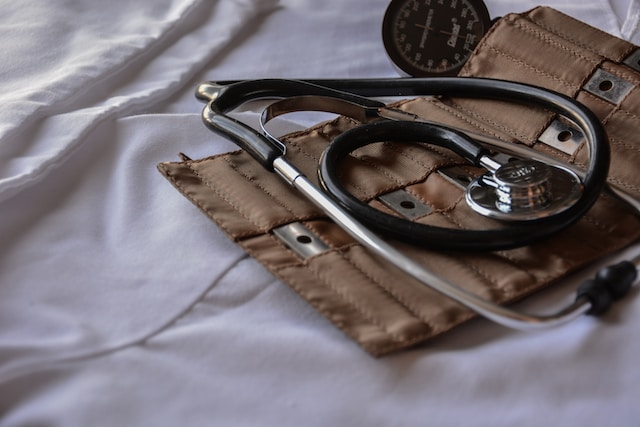
If all goes well, you should receive your reimbursement not too long after making your claim. You can improve your chances by following these tips:
- Provide as much documentation and evidence as possible to support your claim.
- Keep an eye on policy updates for Medicaid and local state laws.
- Persistence is key with reimbursements, so stay in contact with Medicaid representatives regularly to stay up-to-date with your claim.
How To Request Medicaid To Cover Your Light Box
If you want to request that Medicaid cover the expenses associated with your light box, then you’ll need to navigate their process. To do this, follow the steps outlined below:
- Consult with Your Doctor: The first step is to discuss your condition and the potential benefits of a light box with your doctor. They need to agree that it is a necessary part of your treatment.
- Obtain a Prescription and Medical Justification: If your doctor agrees, they should write a prescription for the light box. They should also provide a letter or detailed notes justifying its medical necessity, explaining how it will benefit your specific condition.
- Understand Your State’s Medicaid Policy: Contact your state’s Medicaid office or visit their website to get detailed information on how to submit a request for durable medical equipment (DME) coverage, which would potentially include devices like light boxes.
- Prepare and Submit the Documentation: Submit the prescription, medical justification, and any required forms to your state’s Medicaid office. Ensure all forms are filled out correctly and completely.
- Choose a Medicaid-Approved Supplier: If your request is approved, purchase the light box from a supplier that accepts Medicaid. This ensures the payment process is seamless.
With any hope, your request will be granted by Medicaid, meaning you will receive coverage for this treatment.
Do You Need A Prescription For Medicaid To Pay For A Light Therapy Lamp?
If you’re looking to receive Medicaid coverage for your light therapy lamp, then a prescription – or some form of medical justification from your doctor – is usually essential. Under the rules of Medicaid, any medical device or equipment, including a light therapy lamp, must be deemed medically essential by your healthcare provider.
With that said, having a prescription does not automatically guarantee that Medicaid will cover the cost of your light therapy lamp. Coverage will also depend on the specific Medicaid program in your state and its policies regarding light therapy and durable medical equipment. It’s advisable to check with your state’s Medicaid office or a Medicaid representative to understand the specific coverage details and any additional requirements that may be in place.
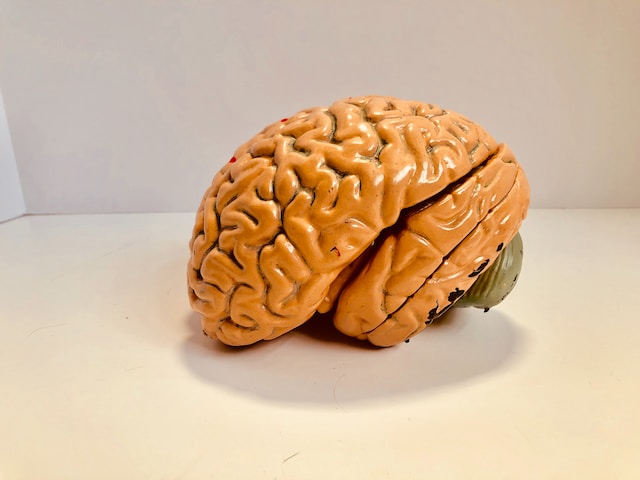
How To Choose The Right Light Lamp Box From Medicaid
When it comes to choosing the right light lamp box from Medicaid, you’ll want to consider two main things. Firstly, look for a device that is developed by a Medicaid-approved supplier if possible. This will guarantee that your device will be covered. The other consideration is finding a device that does what you need it to so that you enjoy all of the benefits from the treatment. The Mayo Clinic offers useful guidance on selecting the most appropriate device for your needs. So, look out for the following features in your light lamp box:
- Safety: Many forms of light therapy use potentially dangerous light spectrums, including ultraviolet light. So make sure you use a light box that comes with an appropriate filter to stop the emission of harmful light.
- Type of Light: There are a few different types of light box available, so choose one that suits your needs. LED lights are the most widely used due to their versatility and energy efficiency.
- Accessibility: Look out for light lamp boxes that are accessible and can be adjusted. If you can tweak things like brightness settings, the angle of the light or even the colors of the light then you can get a lot more utility out of your device.
Which Is The Best Light Lamp For Therapy?
Finding the best light lamp for therapy will very much depend on what you want to get from the treatment. There is a growing number of these devices on the market, but the EVY LIGHT by Optoceutics looks to provide all of the functionality you’ll need to get the most out of your sessions. What’s more, it’s a cost-effective option that has a lot of customization features.
EVY LIGHT also utilizes a unique light technology known as Invisible Spectral Flicker (ISF) technology instead of the standard stroboscopic technology. This means there may be less of a chance that you experience any negative side effects associated with stroboscopic lights, such as nausea, dizziness or seizures.
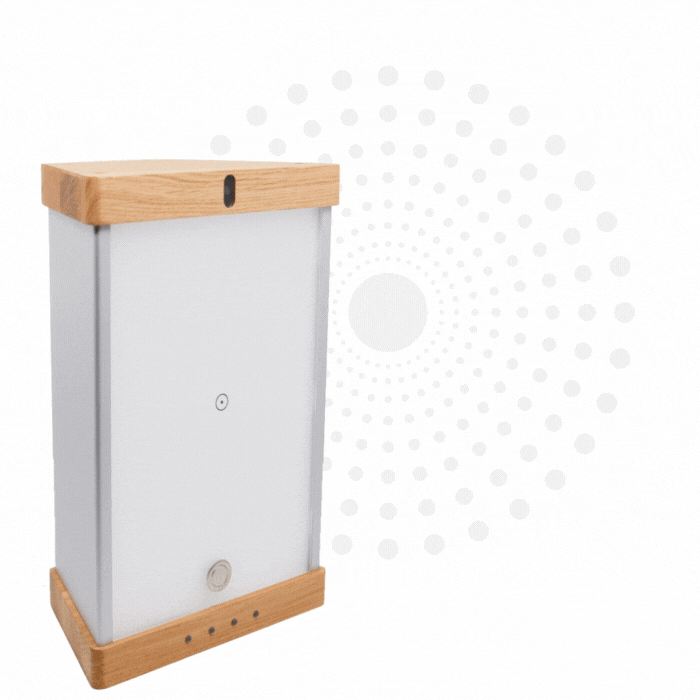
Enhance your brain performance through the power of light.
Comfortable and easy to use 40Hz light therapy to support and improve your brain function.
View Our LightLight Therapy Benefits And Medicaid Billing For Patients
Light therapy has the potential to provide many benefits to individuals suffering from a wide range of complaints and conditions. Due to its versatile application, light therapy can help with conditions ranging from psoriasis to SAD, as well as a host of other conditions. Some of the main benefits associated with this form of treatment include:
- Managing SAD Symptoms: Light therapy appears to help combat the symptoms of SAD by mimicking natural sunlight.
- Improving Sleep: Another issue that light therapy seems to help with is realigning circadian rhythms in our brain. This can help with sleep pattern issues such as insomnia.
- Promoting Healthier Skin: Light therapy has also been shown to help with skin conditions like psoriasis by reducing inflammation and promoting healing factors in the body.
- Improving Mental Health: Light therapy can even help with mood disorders and mental health issues.
Tips For Medicaid Billing
If you’re looking to bill Medicaid for your light therapy treatment, you’ll want to make sure you follow their procedure correctly. This will ensure that you receive coverage without any issues. So, to help with this, take a look at the tips below:
- Speak With Your Doctor: Before you start light therapy treatment, speak with your doctor to make sure it’s suitable for your condition. If they believe it is medically essential, they can write you a prescription along with a medical justification for the treatment.
- Learn About Your State Policies: Speak with your state’s Medicaid office to learn about their level of coverage and how they can help with the cost of your treatment.
- Use the Right Codes: Medicaid uses various billing codes for light therapy, so make sure you include these in your bill.
Learn What Others Have Experienced with EVY Light
See how others have achieved a sharper mind by activating their gamma brainwaves in combination with maintaining a healthy lifestyle.
Frequently Asked Questions About Light Therapy Lamps Being Covered By Medicaid
Does Medicaid Cover Light Box Therapy?
Generally speaking, Medicaid doesn’t cover light box therapy as standard. Their ruling is that this treatment isn’t a medical necessity. However, if your doctor disagrees with this and finds that it could be medically essential for you, then coverage may be viable.
Is Sad Light Covered By Medicaid?
As with light box therapy, using a SAD light isn’t strictly covered by Medicaid. If your doctor believes that the treatment is a medical necessity, then you may be able to receive Medicaid coverage for this treatment.




